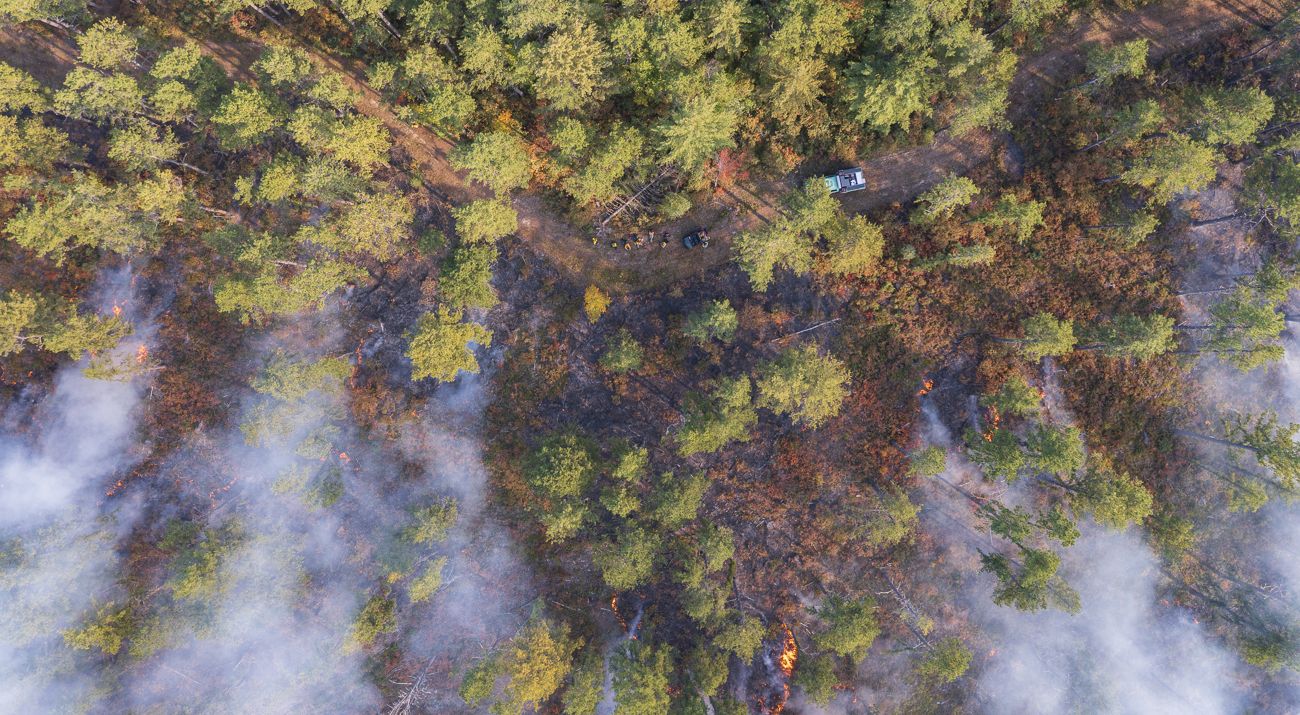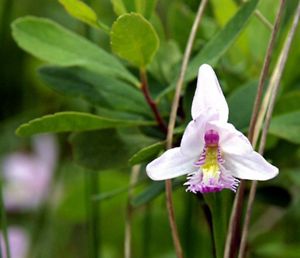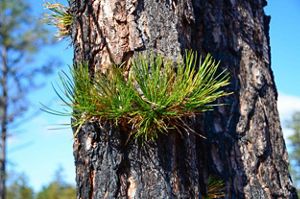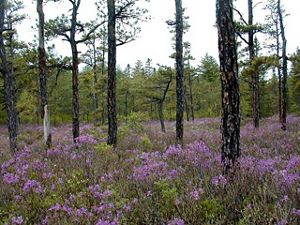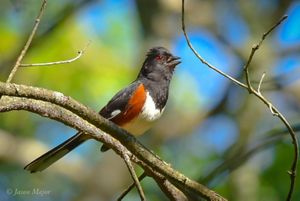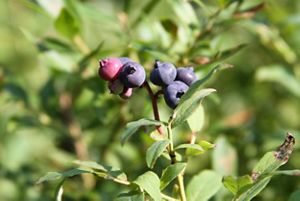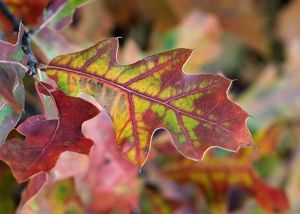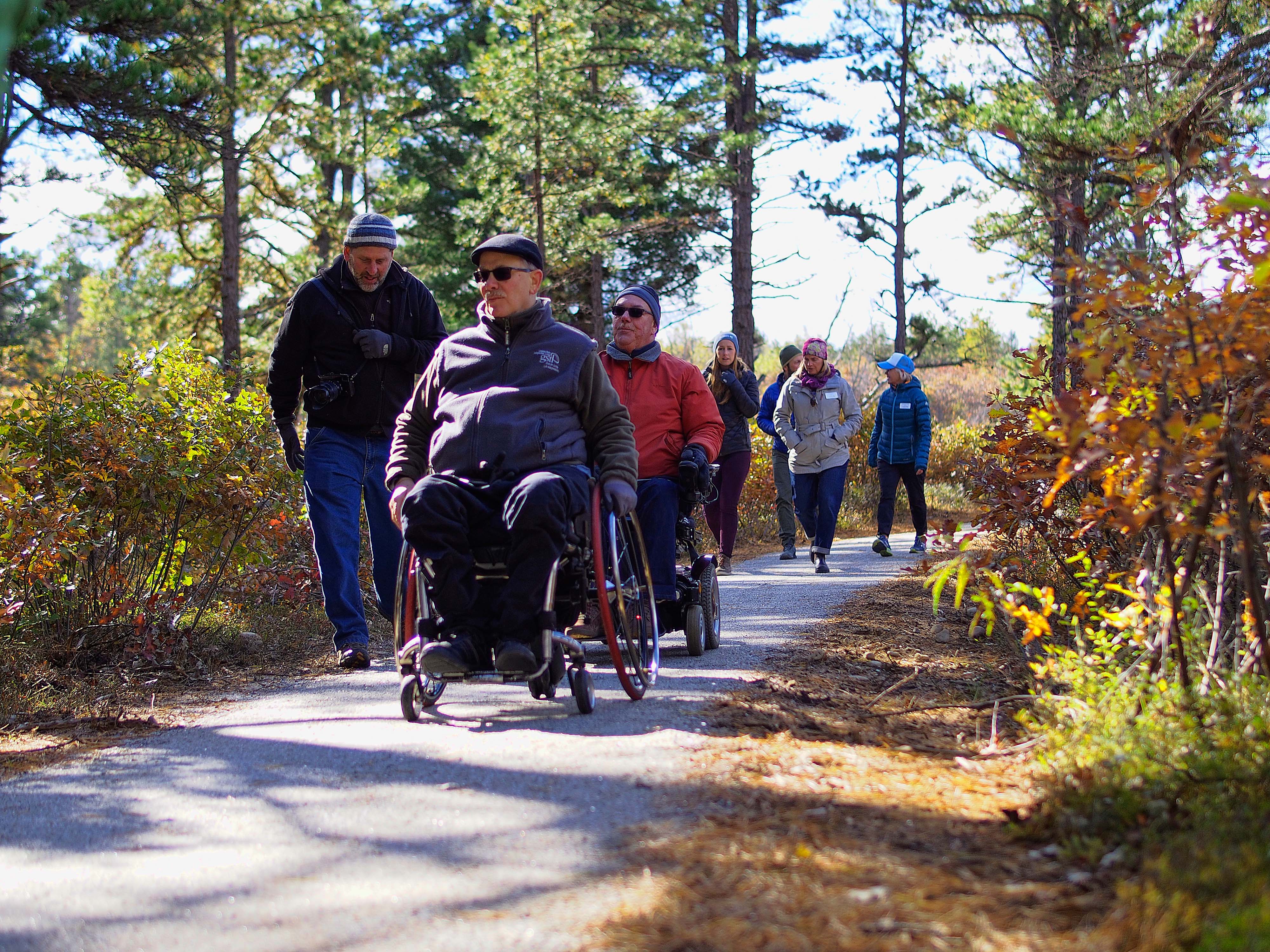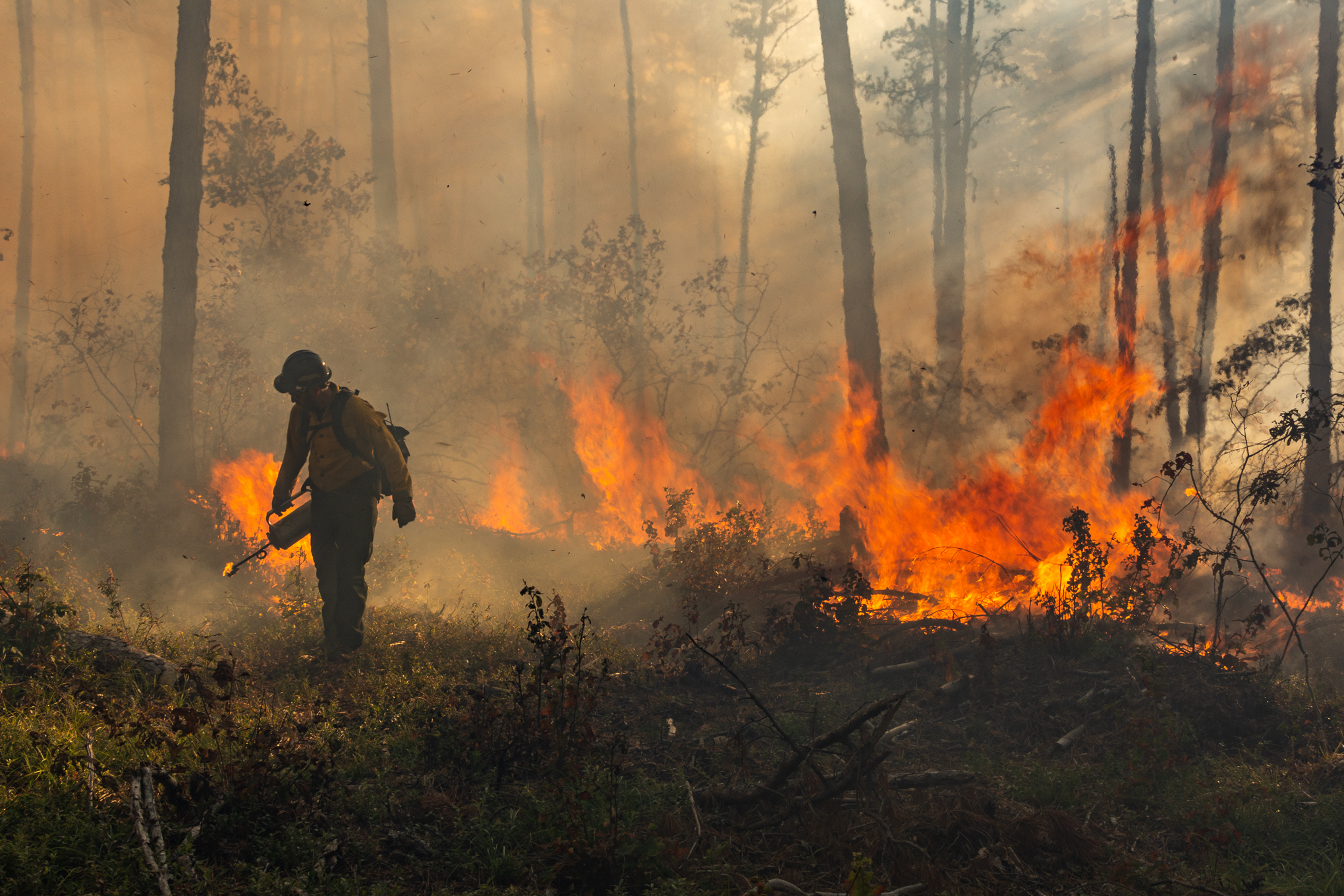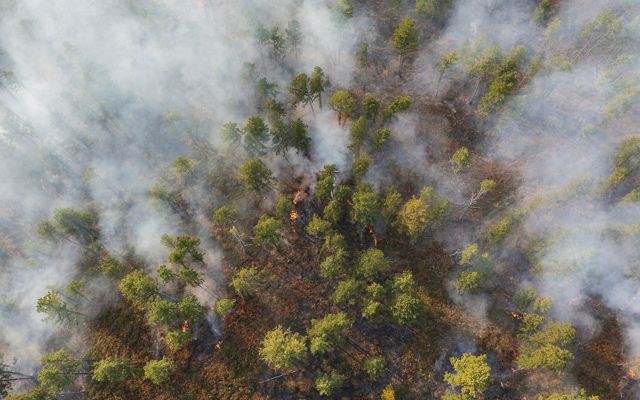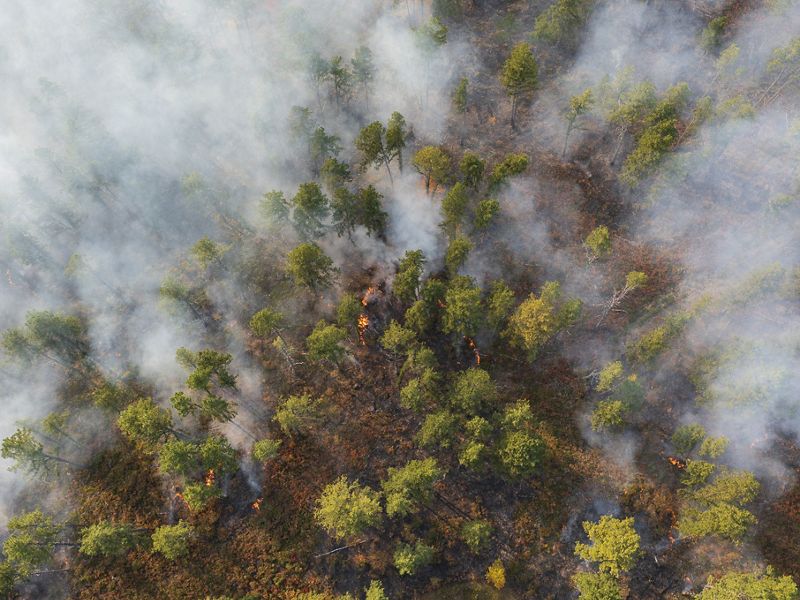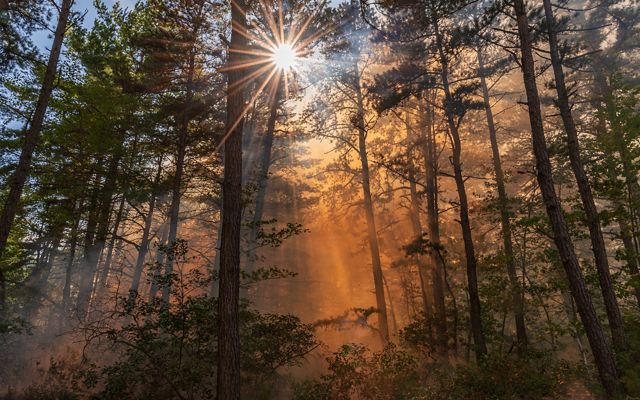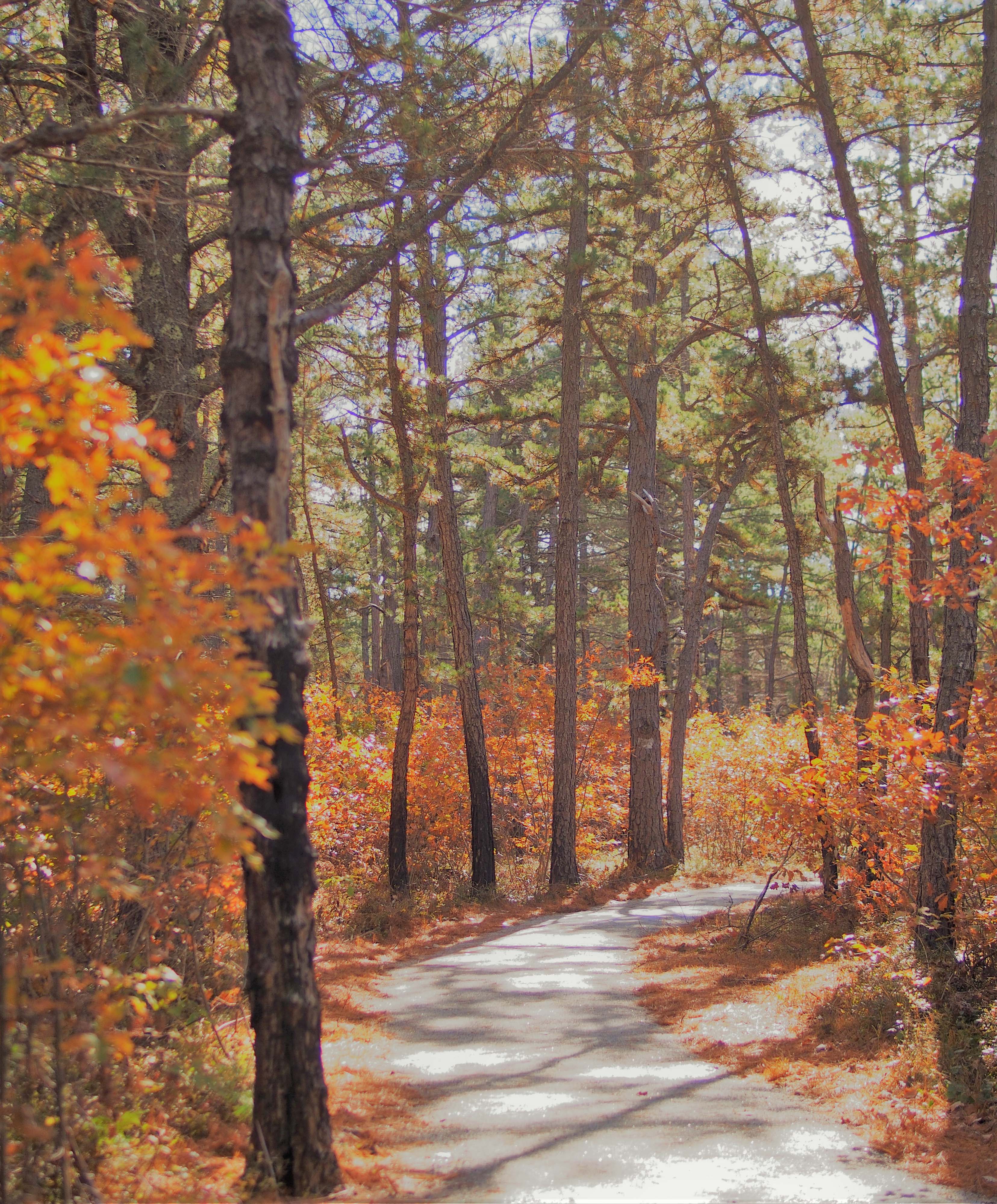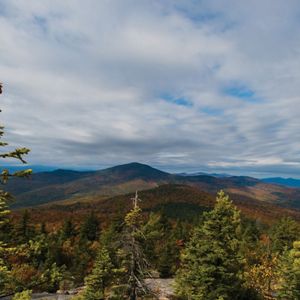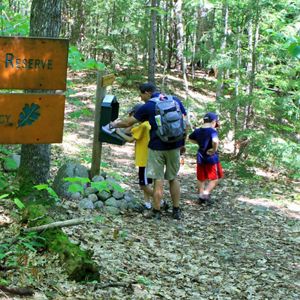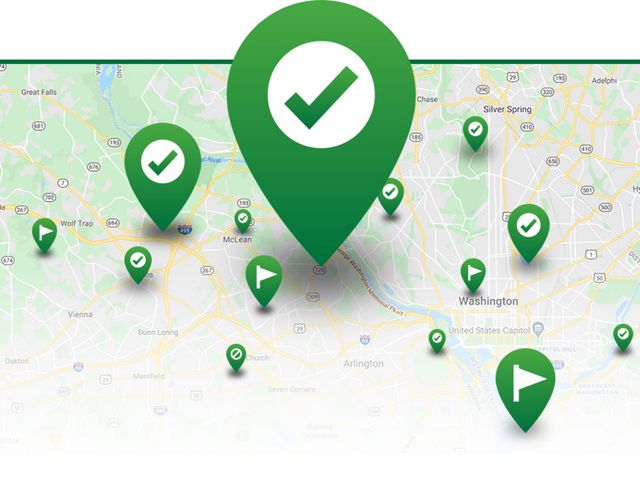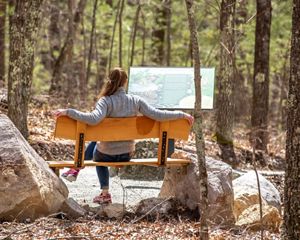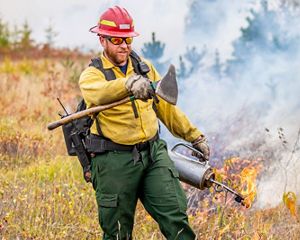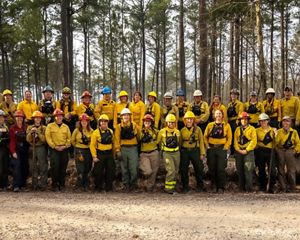Description
The Ossipee Pine Barrens are a magical place boasting New Hampshire’s last intact pitch pine–scrub oak woodland natural community, a globally rare forest type. Here in this fire-dependent ecosystem, you’ll find a diversity of uncommon wildlife, including nearly two dozen threatened and endangered moths and butterflies and several declining bird species like whip-poor-will, common nighthawk and Eastern towhee. Beneath your feet, the forest serves as a natural filter for one of the Granite State’s largest “stratified-drift” aquifers, ensuring a constant and clean water source for the area’s families and businesses.
This place was shaped more than ten thousand years ago when retreating ice age glaciers left behind a broad, deep sandy outwash plain. Too dry and nutrient-poor to support agriculture or many of the more typical forests of northern New England, areas with these sandy-gravelly soil types became known as “barrens.” Despite the tough growing conditions, however, this area is hardly barren - a forest of pitch pine and scrub oak thrives here, rejuvenated over the eons by lightning and human-sparked fires. It’s a patchwork of pine woods and scrub oak: dense and tangled in some places, open and airy in others, with an inviting bed of blueberries and ferns near the ground.
